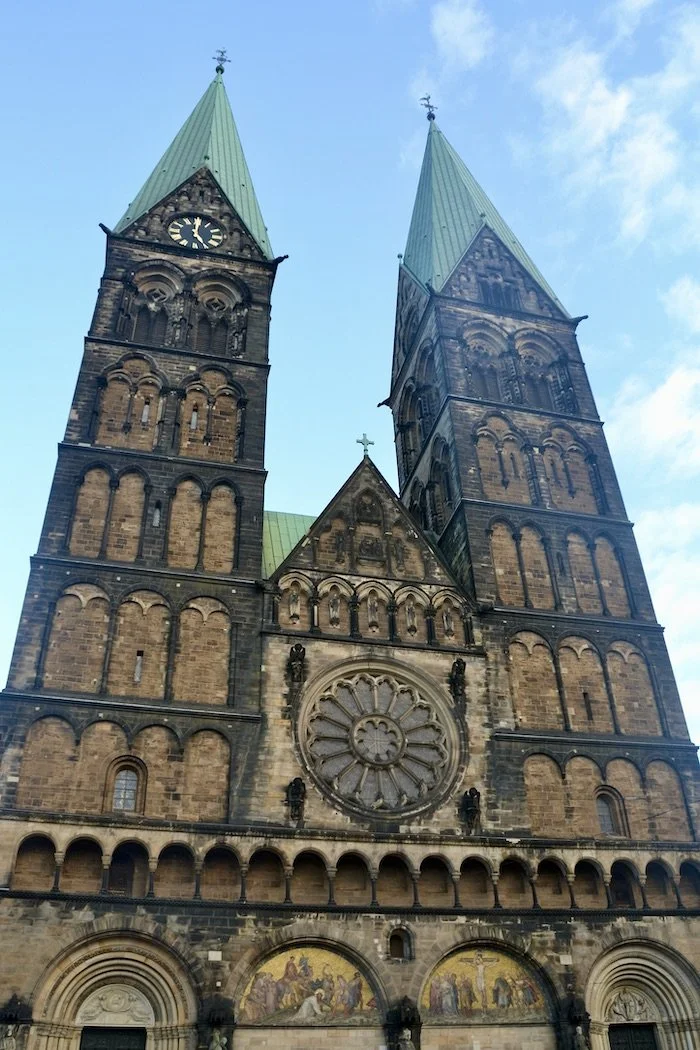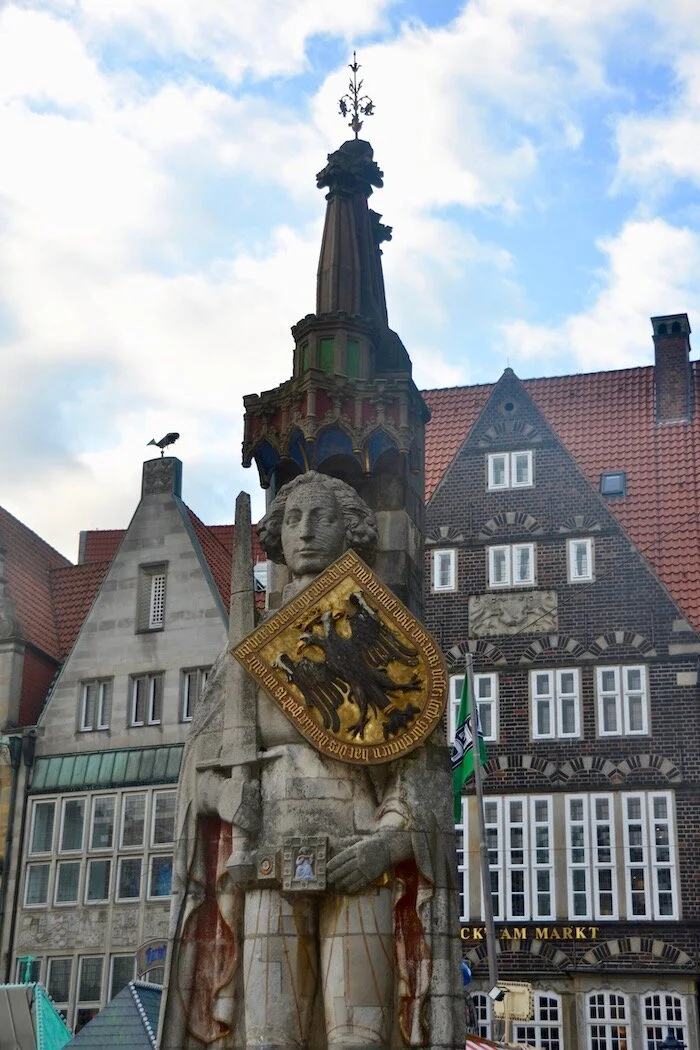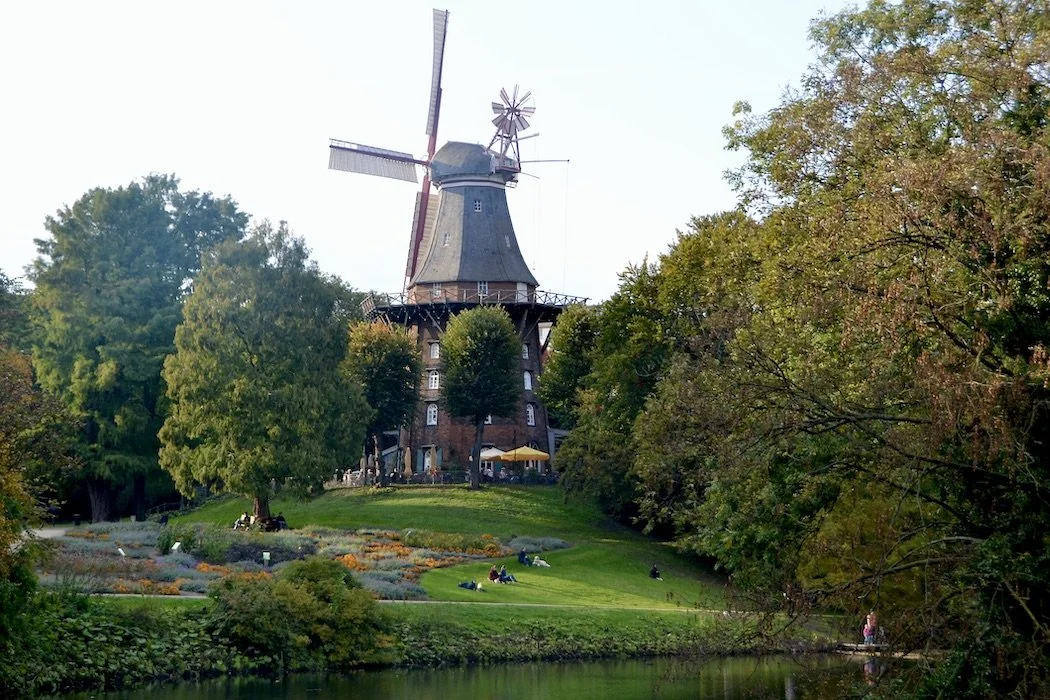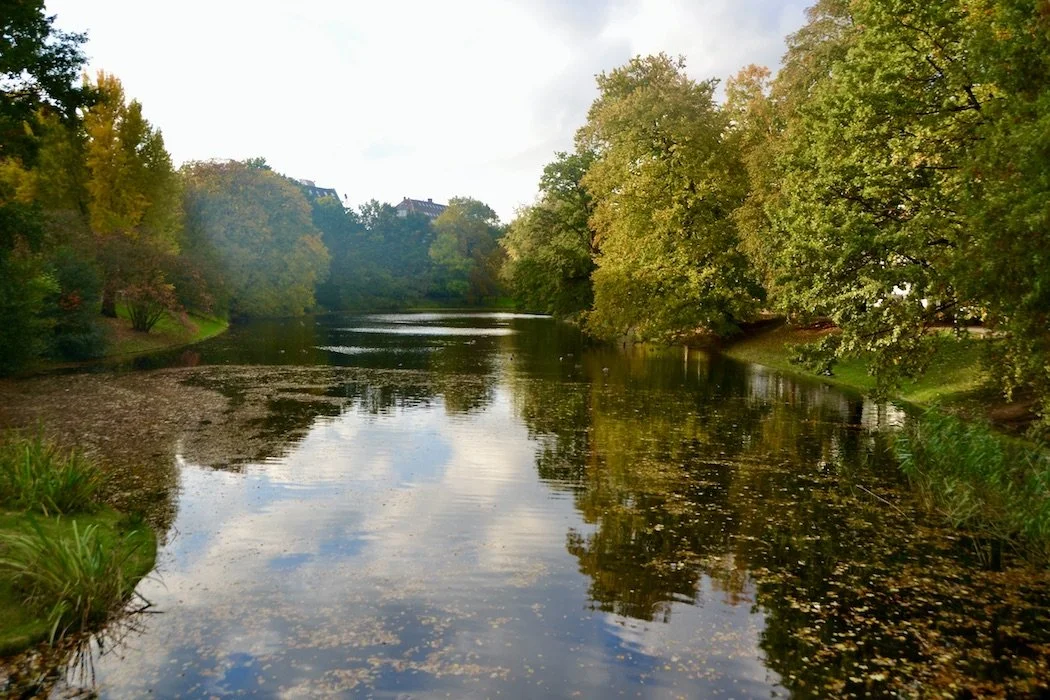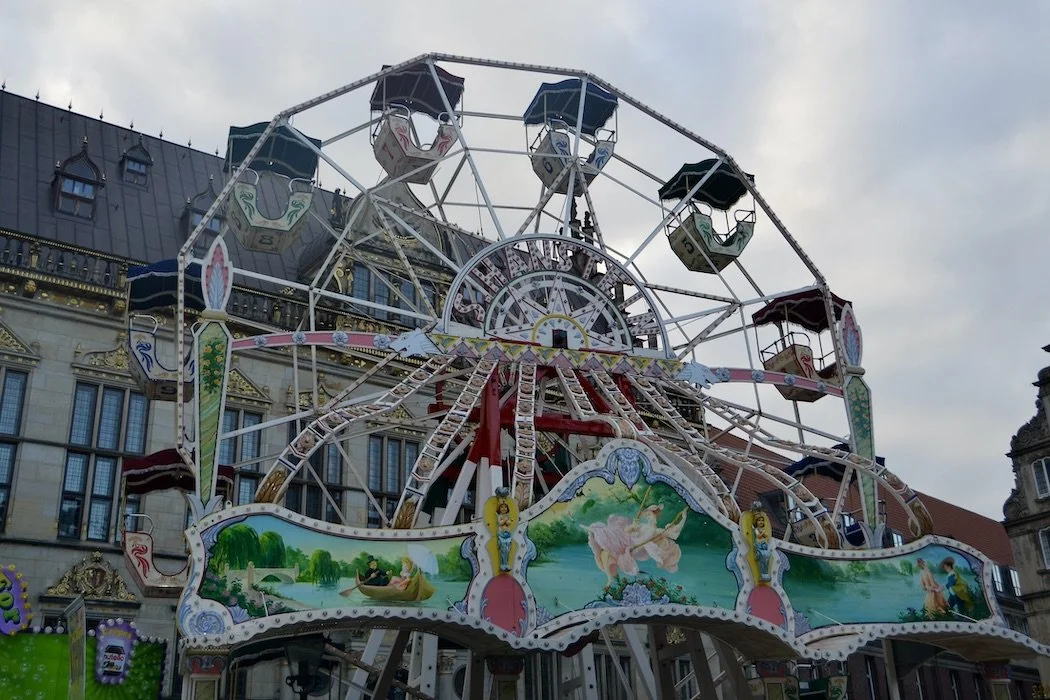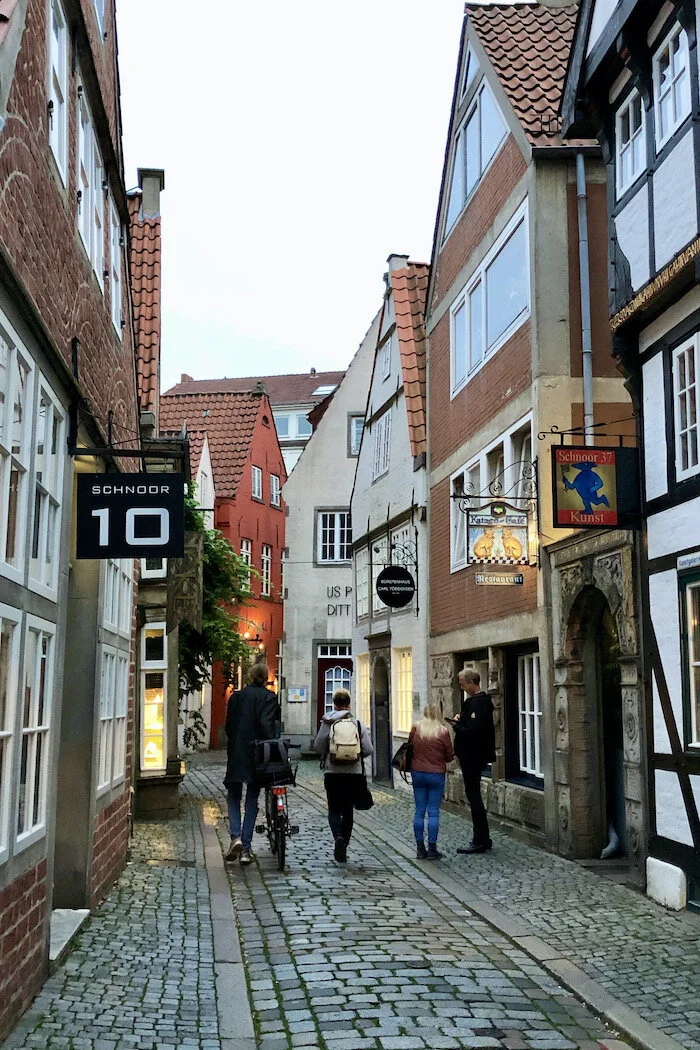Less visited Bremen
Bremen City Hall with renaissance facade
“Less visited does not mean less interesting.” – Melinda Graper
Though Bremen is less well known and therefore visited than many other German cities, The Free and Hanseatic City is rich in history and culture. According to legend, fishermen took the sighting of a lucky hen on the dunes of the river Weser as a good omen and settled there, calling the place Brimun. The growing town received the rights very early, in 888AD, to hold markets and mint coins, and the first protective earthworks wall with a moat was built in 1032 when trade in the North Sea region became the city’s lifeblood. Status as a Free and Imperial City followed, and in 1260 Bremen, governed by its merchant guilds, joined the Hanseatic League of trading cities that came to dominate northern Europe.
During medieval times, the river brought the world to the Bremen’s door. Starting in the 1600s, exotic products from North Africa and Asia, such as coffee and cocoa, began arriving, which led to the opening of Germany’s first coffee house in the Schütting, namely the 1530 Flemish Renaissance Guildhall. This ornate building, the most visible and enduring symbol of the merchant’s wealth and power, looks across Market Square to the gothic brick Town Hall. Constructed in 1410, it was later adorned with a stunning Renaissance façade. Towering over both buildings on the square is St. Peter’s Cathedral with twin spires and 1200 years of history. The Cathedral encompasses a visible mix of building styles that ranges from Romanesque to High Gothic. A climb up 265 steps in the south spire is worthwhile as it leads to a spectacular view over the Old Town.
The two statues on Market Square are as central to Bremen’s story as the Hanseatic buildings: the huge Roland depicts a mythological knight who symbolizes Bremen’s free city status; and around the corner from Town Hall, the bronze sculpture of four animals from the Grimm’s Brothers fairytale, The Bremen Town Musicians, has become the city’s unofficial coat of arms. Tucked between the Market Square and the Weser River, Böttcherstrasse, or Cooper’s Street, is a narrow lane of brick expressionist buildings rescued in the 1920s by the coffee magnate and inventor of decaf coffee, Ludwig Roselius. Chic shops, galleries, bars, and craft ateliers now adorn the street leading to the Glockenspiel House. There, the thirty Meisen porcelain bells adorning the building’s gabled brick facade play old sea shanties twice daily. The nearby Schnoor Quarter, located on the riverside, is Bremen’s oldest neighborhood. From its first development in the 10th century and for centuries thereafter, the area housed poor fishermen and ship’s rigging makers, giving the district its name, which means line or string.
Bremen became best known for processing and shipping grain and coffee, and also for brewing beer. Meanwhile, the Weser gradually silted up, concurrent with the trend of building larger ships, and this necessitated new access to the North Sea. Bremerhaven was established 60 km (37 miles) downriver in 1827 to cement the city’s role in maritime trade and ship manufacture, and it serves as Germany’s second-largest port to this day. It is from there that countless Germans emigrated to the New World.
Don’t miss:
The bells of the Glockenspiel House at 12 Noon or 6 PM in the winter months.
Serendipity:
Finding the unexpected- arriving in the old city in the off-season, expecting a quiet city, and finding a lively autumn carnival in the central square.
Lunch Tip:
Ständige Vertretung im Flett in the Böttscherstrasse for local Bremen specialties.
Subscribe for inspiration to have my posts drop directly into your inbox. *If you enjoyed what you read, please share this post with like-minded travelers.*
*All photographs are mine, taken with my Nikon D3100 or iPhone 8.*

